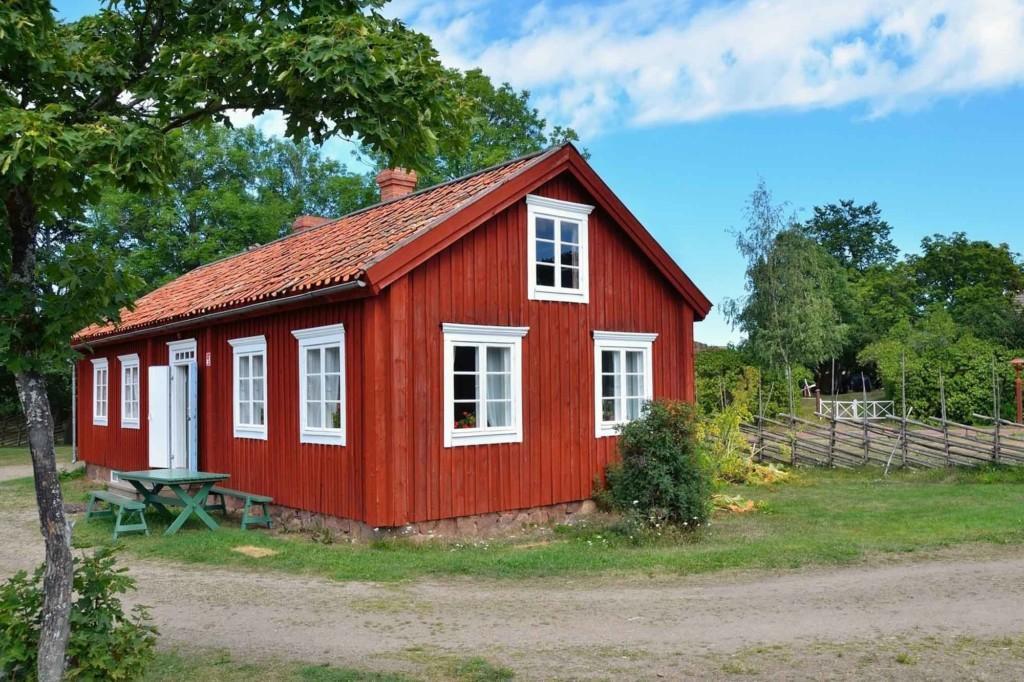A microbial or other abnormal odour in your home is a high-risk observation
Microbial or other abnormal odours are a very common high-risk observation in detached houses. The cause of the abnormal odour must always be identified and the source removed, so that it cannot cause any health problems for the residents. In the guideline for condition inspections in connection with housing transactions, an abnormal odour is classified as a high-risk observation, which means that its source and root causes must be investigated.
How do I recognise an abnormal odour?
There are many different types of abnormal odours in buildings. Typical microbial or other abnormal odours include a smell reminiscent of a cellar or a railway sleeper, or a pungent smell. In addition to the odour, the people living in the detached house usually start to experience unusual symptoms, such as skin or respiratory symptoms.
Mould and wood-rotting fungi usually cause a cellar-like smell, while the bitter smell of railway sleeper is a sign of a harmful substance called creosote inside the structures. A pungent smell is also a high-risk observation that should be reacted to. A pungent smell can be a sign of VOCs (Volatile Organic Compounds) such as those found in the adhesives of new carpets.
“The challenge in identifying an abnormal odour is that you get used to the smell. If the family is experiencing symptoms but have not noticed any abnormal odour, they should take a short holiday, for example. People usually notice an odour much easier after a brief absence, and it is possible to confirm whether the problem is more serious than just usual allergy symptoms,” says the head of the Raksystems Condition Survey unit.
Why should you investigate an abnormal odour?
An abnormal odour is often a sign that something is wrong with the building. The smell is usually caused by structural damage due to microbial growth, which can be revealed by, for example, poor indoor air. The detection of microbial or other abnormal odours always requires a closer examination of the structures, and therefore further surveys are recommended after a Housing Trade Condition Evaluation.
The methods used to investigate abnormal odours are very case-specific. Abnormal odours can be investigated by sampling the indoor air or materials. High-risk structures and damage to them are very typical causes of abnormal odours. If a high-risk structure is detected during a Housing Trade Condition Evaluation and the residents report odour findings, it is advisable to start investigating the abnormal odour from the structures rather than the indoor air.
The key to detecting an abnormal odour is to involve in both the investigation and the repair process a professional who understands the functionality of the structure.
“I have often come across a situation during a condition inspection where the odour findings recur. The cause of the smell has already been identified in the past, but the repairs were inadequate and the problem has recurred. A professional will ensure that the repairs are carried out to a sufficient extent so that no more problems will arise,” concludes Malmivaara.
What is a high-risk structure?
A high-risk structure refers to a type of structure which has been found in practice and based on structural surveys to be highly susceptible to damage. The structure usually complied with the building regulations and guidelines valid at the time when it was built, and the susceptibility to risk was not recognised until at a later point in time. As a result, the structure is no longer used.
Typically, damage to high-risk structures is caused by moisture entering the structure, either through the soil from the outside or from the indoor air in the form of water vapour. An example of a commonly observed high-risk structure is a false plinth.
The condition of the high-risk structure, i.e. whether the risk has been realised, should always be investigated. This is usually possible only by opening the structure.



